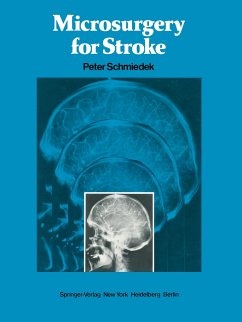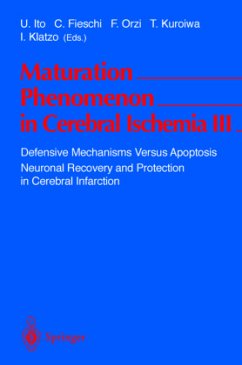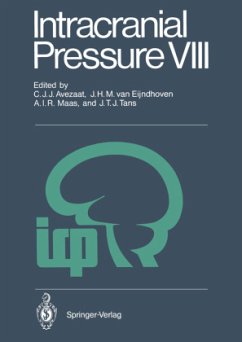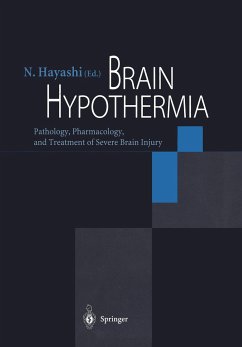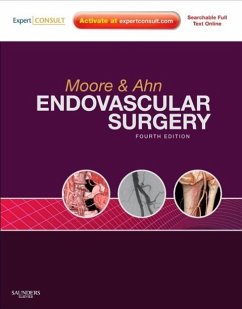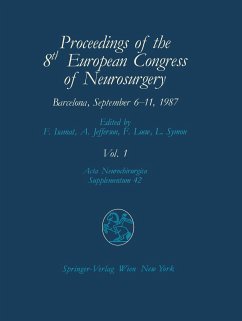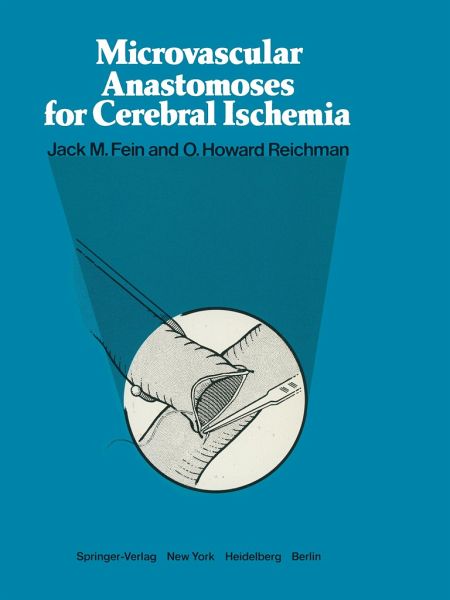
Microvascular Anastomoses for Cerebral Ischemia

PAYBACK Punkte
20 °P sammeln!
We have witnessed a remarkable development during the past 10 years in the development of extra-intracranial anastomosis to revascularize the brain. Initially, the intention was to create ameans of performing embolectomy in small corticaI arteries after cardiac surgery. Gradually a plan was conceived to form an extra-intracranial bypass(10) to treat inaccessible lesions of the carotid and vertebral arteries as weIl as tumors and giant aneurysms that involved these arteries. The basic techniques and principles of microvascular sur gery, which had been refined over 30 years on peripheral ar teri...
We have witnessed a remarkable development during the past 10 years in the development of extra-intracranial anastomosis to revascularize the brain. Initially, the intention was to create ameans of performing embolectomy in small corticaI arteries after cardiac surgery. Gradually a plan was conceived to form an extra-intracranial bypass(10) to treat inaccessible lesions of the carotid and vertebral arteries as weIl as tumors and giant aneurysms that involved these arteries. The basic techniques and principles of microvascular sur gery, which had been refined over 30 years on peripheral ar teries(1-7, 9) were applied in 1966 to the intracerebral arteries of dogs(4). The arterial patehing and suturing were successful, while extra-intracraniallong bypasses were a constant failure. This was attributed to the damage that was inevitably inflicted on the vasa vasorum of the autogenous graft during dissec tion(9). This situation posed a dilemma until eventually the idea of Pool and Potts(8) was adopted and an anastomosis was performed on a dog between the superficiaI temporaI artery and a cortical branch. Because of the vesseIs' small size and the doubts regarding its capacity for improving the circulation, the procedure was performed with a certain amount of apprehen sion. It was a pleasant surprise, therefore, to discover that it was possible to attain a high rate of patency. If the middle cerebral artery was us ed and was isolated from its carotid in flow, an even higher rate was achieved.





